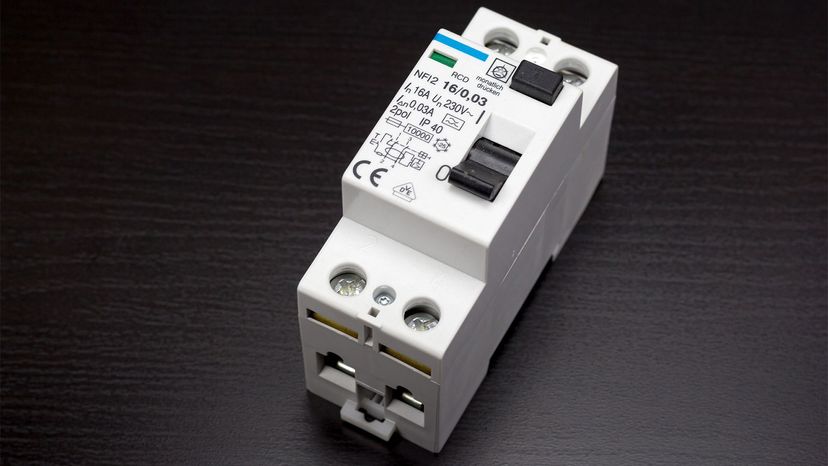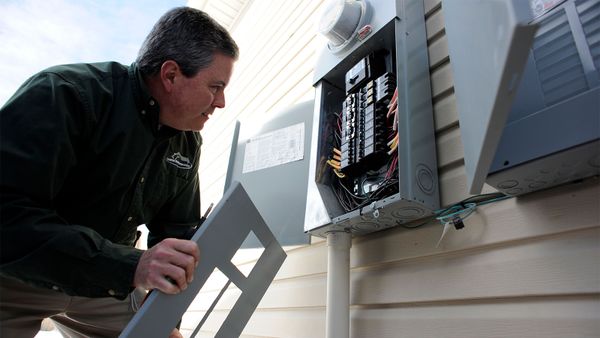
Circuit breakers protect the electrical circuits in your home by stopping the flow of electricity if there's an overload or other electrical fault.
Circuit breakers last a long time so you should check your other options before deciding that the issue is a faulty breaker. The breaker may need to be replaced if it trips very easily, doesn't trip when it should, can't be reset, is hot to the touch, or looks or smells burnt [sources: Acme How To, Relectric]. Wet or damp areas around the breaker box can present an immediate hazard, so make sure the housing and floor underneath are dry before interacting with it.
Advertisement
If you can't figure out the underlying issue or don't feel knowledgeable or experienced enough to do the repair yourself, call a professional electrician. Working with electricity is dangerous, and it's better to be safe than sorry.
When replacing a circuit breaker, you will need:
- New circuit breaker (same brand, make, model and size as the one you're removing)
- Dry rubber mat or plywood to stand on (this insulates you against electrical shock)
- Insulated flashlight or independent light source
- Insulated screwdriver
- Insulated wire strippers
- Cable connectors to connect the circuit breaker to the main panel
- Voltage tester [source: Relectric]
Here's how to replace your circuit breaker:
- Shut off the branch circuit breakers one at a time.
- Shut off the main circuit breaker.
- Test all the wires with a voltage tester to make sure they're dead before proceeding.
- Remove the panel cover.
- Disconnect the wire of the breaker you're removing from the load terminal.
- Carefully pry out the old breaker, paying careful attention to how it's positioned.
- Insert the new breaker and push it into position.
- Attach the circuit's wire to the load terminal. Strip a bit of insulation off the wires, if necessary.
- Inspect the panel for any other problems. Tighten any loose terminals.
- Replace the panel cover.
- Turn on the main breaker.
- Turn on the branch breakers one by one.
- Test the breakers with a voltage tester to make sure everything is in order [source: Electrical Online].
If you still have a problem after replacing the circuit, test all the electrical appliances in your home to see if one of them is causing the issue. If all else fails, call a professional electrician.
Advertisement


